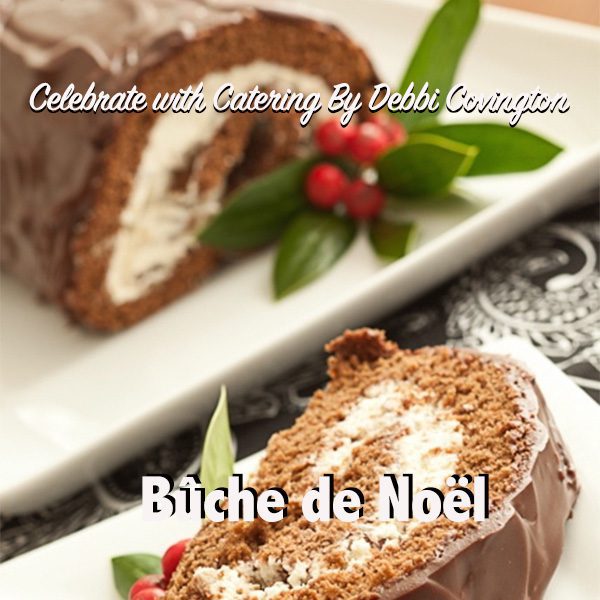This week we are leaving the Medoc and travelling a short distance south of the city of Bordeaux to an area called Graves. Inside of Graves we find the appellation called Pessac-Leognan. Chateau Haut-Brion is in this appellation. The committee that Napoleon assembled to select the wines for the 1855 classification was aware of this winery. It had a reputation that went back to the mid 1600’s when Samuel Pepys (The Robert Parker of his day) wrote a favorable review of the wine from Chateau Haut-Brion. According to Pepys, the wine “hath a good and most particular taste.” This review was followed by a production “first.” The winemakers at Chateau Haut-Brion discovered a way to make the wine truly age worthy. They did this by keeping the wine in barrels longer, and continuously adding wine (topping off) to fill any space resulting from evaporation. It might seem like a small thing, but it filled the headspace with wine, thus reducing the wine’s exposure to oxygen.
Our friend Thomas Jefferson found favor with the wine from Haut-Brion. Being the ambassador to France, He was well received on his visit to the winery on May 25, 1787. He purchased 12 cases and had them shipped to Monticello, his home in Virginia.
A great piece of history regarding the Bordeaux wine trade was found in a letter, dated April 6, 1850, written to Joseph Larrieu from Mr. Loreihle. Loreihle was an American wine merchant. In the letter he complained that he had not received enough cases of Chateau Haut-Brion to satisfy his customers from the previous year. The letter also includes comments that even at that time, the Bordeaux Wine of Chateau Haut-Brion was packaged with the greatest of care. Further comments were made in reference to the corks, capsules and labels. Interestingly, labels, corks, and capsules that have survived the 1850 bottling show that at least a portion of the production was bottled at the winery. This tells me that Haut-Brion was the first major winery to bottle its own wine – i.e. Estate Bottled.
In 1855, Chateau Haut-Brion was awarded Premier Grand Cru status. Napoleon’s committee had done their job. By choosing Haute-Brion they chose the only Chateau not located in the Medoc. The choice was really not that difficult as Haut-Brion was already recognized worldwide.
The Classification of 1855 did more than just present the best French wines to the world. It established standards for wine that are still in effect today. I wonder if Napoleon was thinking of the future effects when he conceived of the idea of a classification. Food for thought!
Ownership of Chateaux Haut-Brion changed hands in 1935. Clarence Dillon, an American financier, was interested in the Haut-Brion property and purchased it for an unknown sum. Mr. Dillon had a son named Douglas Dillon who became Undersecretary of State for Economic Affairs in the Eisenhower Administration. Douglas Dillon went on to become Secretary of the Treasury under President Kennedy. After his tenure as Treasury Secretary, Dillon was appointed Ambassador to France. His daughter Joan accompanied him to France and eventually married the Prince of Luxembourg. She married again after his death. She decided to stay in France and, with her second husband, assumed management of Chateau Haut-Brion. So, since 1935, and for the foreseeable future, the property will remain in American hands.
Haut-Brion has 48 hectares under vine. 48% is Merlot, 39% is Cabernet Sauvignon, 10% is Cabernet Franc and 1% is Petit Verdot. Remember, we are out of the Northern region of Bordeaux where the predominant grape planted is Cabernet Sauvignon. In the South it is more Merlot.
Haut-Brion is in a class by itself. There is no other Bordeaux like it. The complex aromatics with all of the earthy tar, leather, smoke, truffle, cassis, and spice are unique to Haut-Brion. This is an incredibly refined and elegant style of wine that is never out of balance. Compared to the other first growths, it will usually be ready to drink at a younger age. This does not mean that it will not age well. Far from it! Bottles from the years 1928, 1929, and 1945 have offered compelling taste experiences.
Haut-Brion also produces a second label red. It is called Le Clarence de Haut Brion. Prior to 2010 it was called Bahans Haut Brion. The name was changed in 2010 to mark the 75th anniversary of the Dillon ownership.
WINESPEAK
Karen Macneil tells us in her WINE BIBLE that the three most important words in Bordeaux are Chateaux, Cuvier, and Chai. Though we think of a Chateaux as a palatial estate, anything can be a chateaux in Bordeaux . . . from a farmhouse to a garage. The word simply refers to a building that is attached to vineyards with winemaking facilities and storage capability. Within the Chateaux is the Cuvier, the building where the wine is made. The Chai is the cellar where the wine will be stored and aged.






